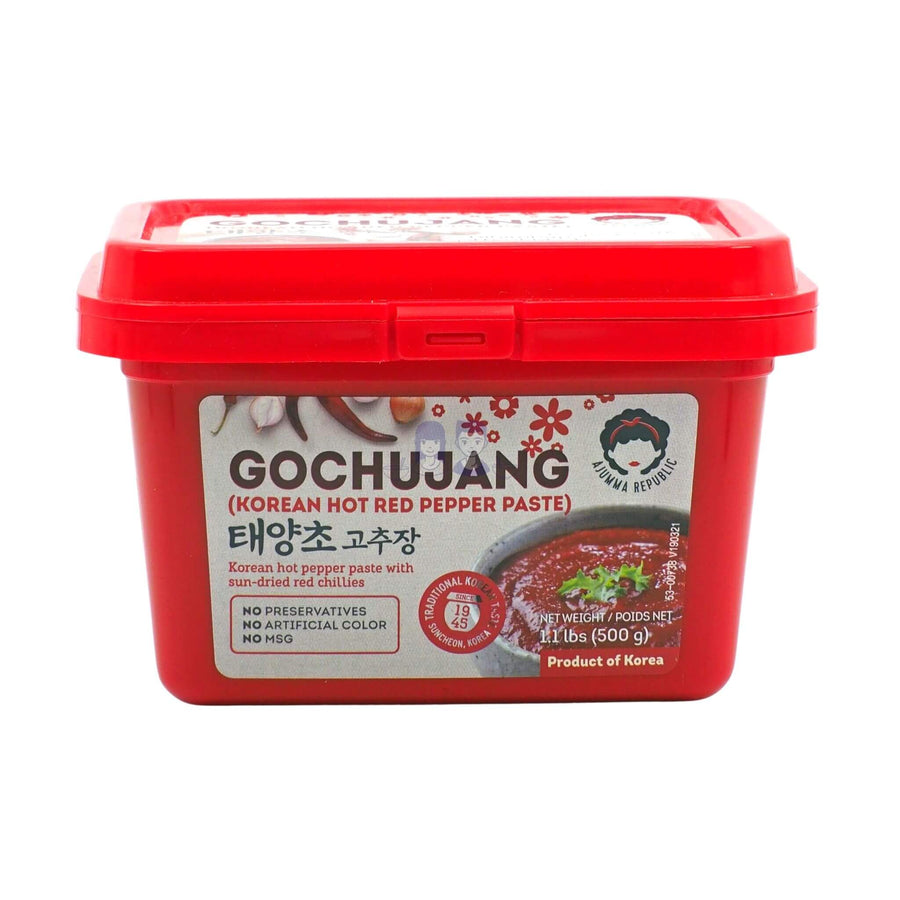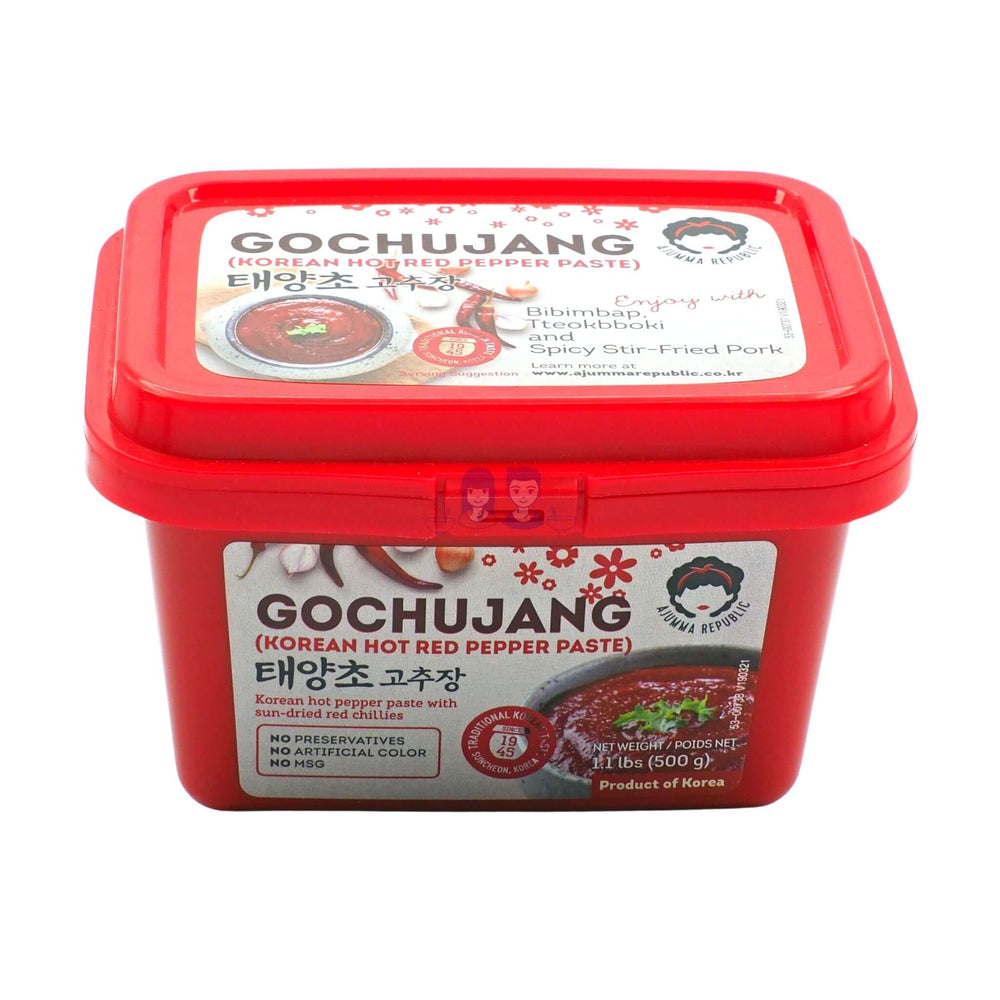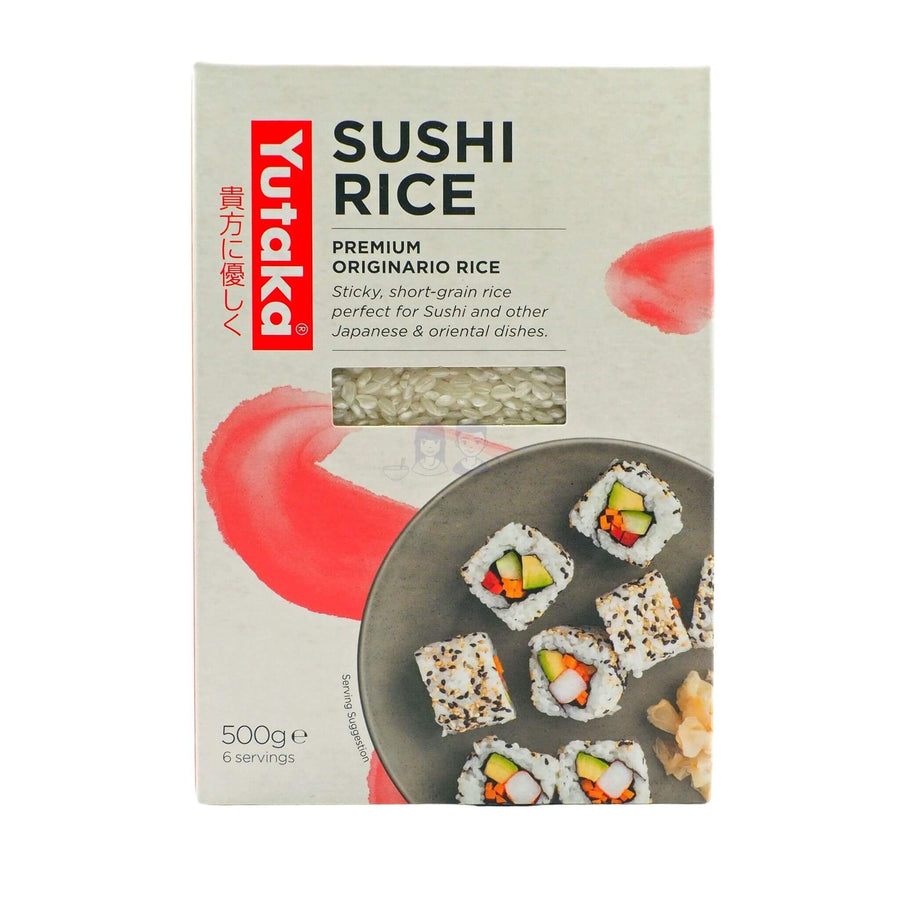How to Make Sushi at Home with a Few Simple Ingredients
Making sushi at home is easier - and more rewarding - than you might think. With a few tips and the right ingredients, you'll be rolling like a pro in no time. Sushi is also for everyone - vegetable options like cucumber or avocado are perfect for kids and a great introduction for vegetarians, too.
You might be wondering how you can possibly make quality sushi at home. It's a good question. But, we're here to help you through things. Trust us, it's not as daunting as it initially seems. Don't forget a Japanese food fun fact about sushi is that it started from a simple fish preservation process many centuries ago.
→ Shop now: Our handpicked range of Sushi Making Kits and Products
Why Does Restaurant Sushi Taste So Good?
There's nothing better than grabbing a perfectly sliced piece of fish atop an elegantly rolled ball of fluffy rice from a conveyor belt sushi restaurant. Until of course you remember that what that piece of sushi needs is a quick dunk into the umami dipping sauce!

But how can the sushi found in restaurants be just so much better than what you can make at home?
The answer is, in a word, resources. Sushi chefs have access to just the finest Japanese ingredients, cuts and equipment. Not only is the fish they use of the highest quality - it was likely brought in that very same day. This level of quality is hard (though not impossible!) to match in our homes and busy schedules. But fear not! Because just down below we have the secrets, tips and tricks to recreating those flavours anywhere you are.
There’s no need to leave it to the professionals - making sushi at home comes with plenty of perks.
First off, it’s healthier and more affordable than dining out. You have complete control over what goes in, meaning fresher ingredients, no preservatives, and portions that suit you. It's a great way to eat well without overspending.
Then there's the creative side. Whether you’re into classic salmon rolls, vegetarian combos, or your own wild fusion ideas, homemade sushi gives you the freedom to experiment and make it your own. No rules, just flavour.
And finally, it’s impressive. Sushi night is fun, hands-on, and sure to wow your guests or make for a memorable family dinner. It’s a conversation starter, an activity, and a meal - all rolled into one.
Not only is homemade sushi a fun and tasty experience, but it also allows you to customise flavours, experiment with different fillings, and impress your friends and family with your culinary skills.
How To Start Making Sushi At Home: Essential Ingredients and Equipment
To make sushi at home, you'll need a few basic ingredients. At minimum, you'll need short-grain rice, rice vinegar, and fresh fish. For rolling, a bamboo mat is essential, and a sharp knife is crucial for slicing your sushi rolls cleanly.
If you want sushi-grade fish, you may need to visit a fishmonger or specialised sushi distributor (though this can be harder to find and often requires buying in larger volumes).
You can find most of the ingredients online or in-store at Japanese or Asian supermarkets, with fish and vegetables available at specialist stores or butchers. Our own Japanese pantry can get you started.
If you live in a major city, give google maps a try - there's guaranteed to be a hidden gem waiting around some corner. Indeed, many specialist fishmongers may even slice up your fish (sashimi-style) for you. Although, does that take away some of the fun?
For a quick and convenient option, many online stores also offer sushi-making kits that contain everything you need. These can also double up as great gifts.
Common Types of Sushi
There are several forms of sushi to choose from! In addition to maki (rolls), you could try your hand at uramaki (inside out), and the more traditional nigiri (hand-pressed sushi). There's even onigiri if you want more of a rice ball. And of course, there's sashimi — thin slices of raw fish served without rice, perfect for those who love clean, pure flavours. You can also simply add raw fish on top of rice together with seasoning to make your own Japanese sushi rice bowls.
To make maki, place a sheet of nori (seaweed) on your bamboo mat, spread a thin layer of rice, and then add your choice of fillings, such as cucumber, avocado, or even sashimi-grade fish. Gently roll it up and slice it.

For nigiri, it's quite simple. Mold small balls of rice and top them with sleek slices of fish.

With uramaki, the rice goes on the outside and nori wrapped around the fillings, often coated with sesame seeds or tobiko (fish roe) for added crunch. That last step really makes the difference.

If you're looking for quick and easy rice balls, the onigiri is the one for you. Add your fillings in the centre of some rice, and roll! Add nori to the outside if preferred, and tuck in.

Finally, sashimi is a beautiful option if you want to enjoy the delicate flavour of raw fish on its own - no rice, no rolling, just pure, melt-in-the-mouth simplicity.

Whichever style you try, each type of sushi offers something unique, so don’t be afraid to mix, match, and find your favourites.
How to Make a Basic Maki Roll
Making sushi at home might sound intimidating, but it all starts with the humble maki roll - simple, satisfying, and a perfect beginner’s choice. Here’s how to do it step by step:
Step 1: Rinse and Cook the Rice
- Measure out 2 cups of sushi rice.
- Rinse thoroughly under cold water until the water runs clear — this removes excess starch and gives your rice that light, fluffy texture.
- Cook the rice according to the instructions on the pack (a rice cooker works wonders if you have one).

Step 2: Season the Rice
- Once cooked, transfer the rice to a large, shallow bowl.
- Gently fold in:
- ¼ cup rice vinegar
- 1 tablespoon sugar
- 1 teaspoon salt
- Mix carefully to avoid breaking the grains. Let the rice cool to room temperature before rolling.

Step 3: Prep Your Fillings
- Choose your fillings — think fresh salmon, avocado, cucumber, or crabstick.
- Slice them into long, thin strips that will fit neatly across your roll.
- Keep it simple: two fillings per roll is plenty.
Step 4: Roll Your Sushi
- Lay a sheet of nori (shiny side down) on your bamboo rolling mat.
- Wet your fingers with a little water or tezu (a rice vinegar-water mix) to stop the rice sticking to your hands.
- Spread a thin, even layer of rice over the nori, leaving about 2–3cm clear at the top edge.
- Arrange your fillings horizontally near the bottom of the rice.
- Use the mat to roll tightly from the bottom up, pressing gently as you go.
- Wet the top edge of the nori to seal the roll closed.

Step 5: Slice and Serve
- Use a sharp, wet knife to cut the roll into bite-sized pieces.
- Clean the blade between slices to keep everything neat and tidy.
Trying Sashimi at Home
Sashimi might seem like something best left to the experts, but with the right fish and a sharp knife, it’s absolutely doable at home.
What You’ll Need
- Sushi-grade fish like salmon or tuna (sourced from a trusted fishmonger or supplier)
- A very sharp knife for clean slicing
- Soy sauce, wasabi, and pickled ginger to serve
How to Prepare
- Start by chilling your fish in the fridge for easier slicing.
- Using a sharp knife, slice the fish against the grain into thin, even pieces — around 5mm thick is ideal
-
Arrange neatly and serve fresh with dipping sauces and garnishes.
Sashimi is all about freshness and simplicity, so the quality of your fish makes all the difference. If in doubt, ask your fishmonger for sashimi-grade cuts - many will be happy to advise or even pre-slice for you.

Perfect Sushi Sides!
Once you've perfected your sushi, it's time to serve it. Sushi is traditionally accompanied by pickled ginger, soy sauce, and wasabi for dipping. The ginger cleanses your palate, while the wasabi and soy sauce add extra flavour.

Some people will add all sorts of extras to their sushi, such as crispy onions, Japanese mayo, or roe. Remember, this sushi is yours now, so it doesn't have to appeal to anyone but you. We usually go for a plentiful amount of ginger.
For the best experience, eat your sushi fresh and enjoy the vibrant flavours and textures. Also don't forget to round it off with a delicious Japanese dessert.
Top Tips for Excellent Sushi
- Sharp Knife: A sharp knife is essential for cleanly slicing your rolls without crushing them. A dull knife can be even more dangerous, by slipping or scraping into your hand! Adding a bit of oil to the knife can help with the slicing, too!
- Don't Overstuff: While it's tempting to add lots of fillings, too much can make rolling difficult and lead to messy sushi. And we don't want that.
- Use Rice Vinegar: Make sure to season your rice with rice vinegar. This helps elevate the flavour!
- Wet your hands: Use a bit of water or tezu - a mixture of rice vinegar and water - to wet your hands to avoid the rice sticking.
- Eat Fresh: Sushi tastes best when it's fresh, so make sure to enjoy your creations immediately! As if anyone could resist waiting anyway!
Final Thoughts
By following these simple steps and using quality ingredients, you'll be able to make delicious sushi at home. Whether you're serving it as a fun family activity or impressing guests, homemade sushi is a welcome sight on any dinner table.



















